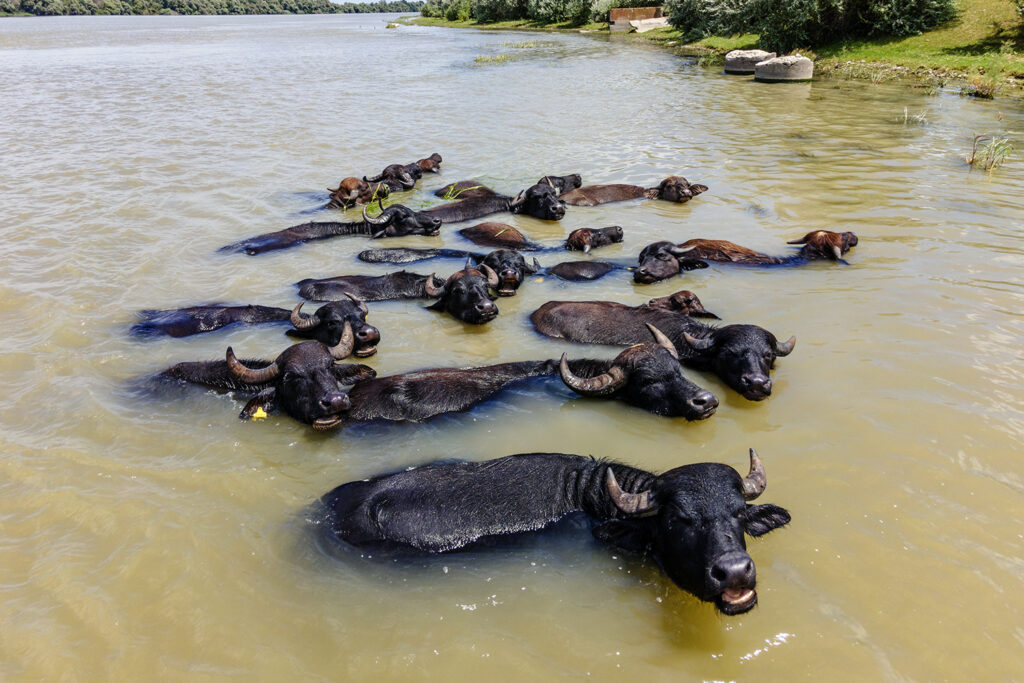Today, many countries celebrate World Rivers Day. Rivers are very important to people because they provide us with many important things: food, clean water, building materials, transportation corridors, opportunities for recreation and tourism, and much more. But not only people gravitate to rivers and water bodies. Rivers and especially wetlands are home, kitchen or bedroom for many plants and animals of our planet. More than 40% of species are associated with these natural systems in one way or another. Let’s figure out what the term “biodiversity” means, which you can hear quite often from ecologists, and how we are related to it.
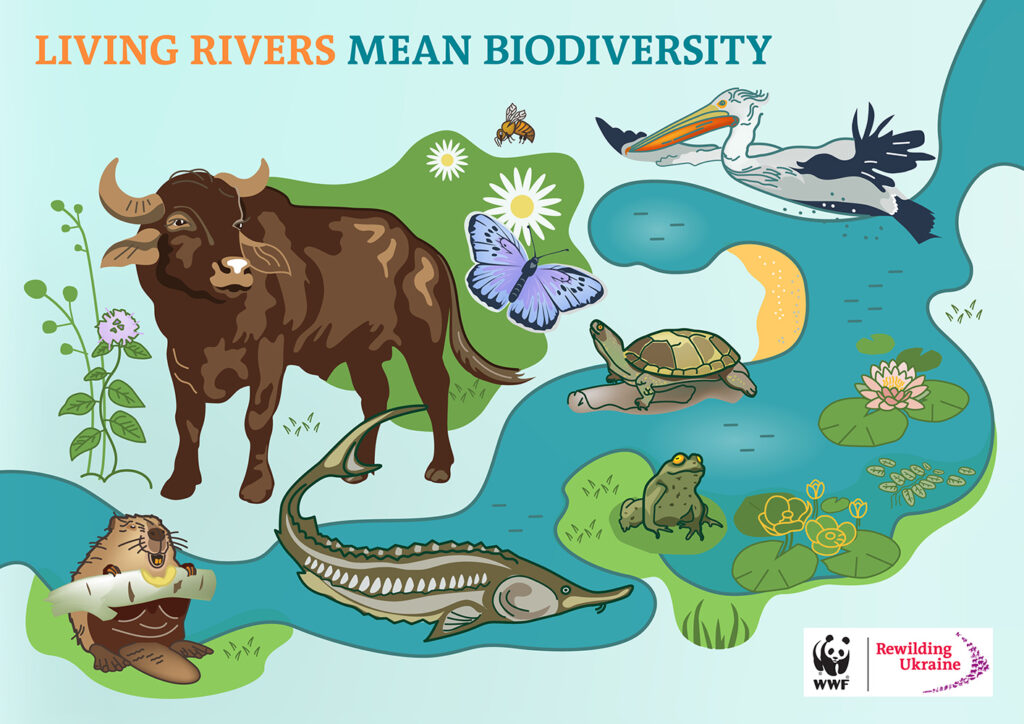
What is biodiversity and who needs it
Biodiversity is the variety and variability of life on Earth. This concept includes not only the diversity of species, but also the diversity of habitats and even genotypes. But more often by this word we understand the amount and density of animal and plant species living in one territory.
Animals and plants create complex, balanced and interdependent natural systems that support nature and people. Rich biodiversity makes the natural system resistant to various factors and changes in the environment, as well as more productive. Such systems provide many natural services to humans, including not only the more obvious natural resources, but also climate regulation, fire and flood control, epidemic control, soil fertility enhancement, carbon and other cycling support, and many others. Although we may think that humans control everything on the planet, our lives and well-being are still underpinned by complex natural processes in which biodiversity plays a critical role.
Each species in natural systems is important and affects many other species. For example, think about what happens in nature when a beaver cuts down a tree. A tree falls and blocks part of the river. This creates a pond that attracts insects and fish. They, in turn, attract birds, which carry seeds from which more trees grow. The latter significantly mitigates the consequences of heavy rains, and this can stop the flooding of cities and villages… In this way, the chain of interconnected processes continues. This is a clear example of how nature and people benefit from the existence of the same species.
Such interdependence with other species and importance for the natural system is true not only for large iconic species, but also for less visible and well-known ones.
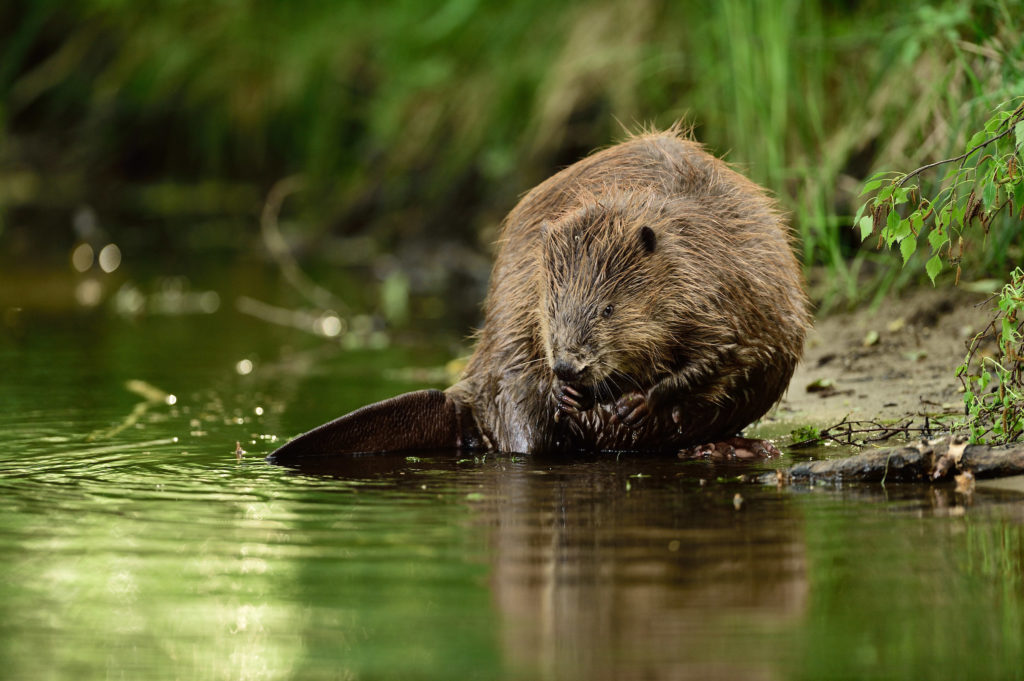
Rivers, big and small
Healthy rivers and wetlands support a wide variety of animals and plants. Rapid or slow, huge or small, mountain streams or valley water bodies, they all have their abundant inhabitants, which cannot be listed in one article.
To understand the richness of the biodiversity of water systems, let’s take the Danube Delta as an example. It combined many different types of landscape – lakes, floodplains, sea coasts, forests, steppes, etc. So, the region is home to a huge number of plants and animals – just imagine! – more than 5000 species! Thus, according to the Danube Biosphere Reserve, there are more than 1,850 species of plants and algae, almost 1,000 species of aquatic invertebrates and 2,000 species of insects, 108 species of fish, 6 species of reptiles, 11 species of amphibians, 46 species of mammals, more than 300 species of birds, of which about 120 species nest here. Many of these species are rare and protected at national and international levels.
The Danube and Danube lakes are home to valuable commercial fish, such as crucian carp, catfish, carp, herring, zander and many others. Fishing is a traditional business of the Danube region communities. Some species of fish, such as Russian sturgeon, beluga, and sevruga, which used to be an important part of fishermen’s catch, are now endangered and protected by law.
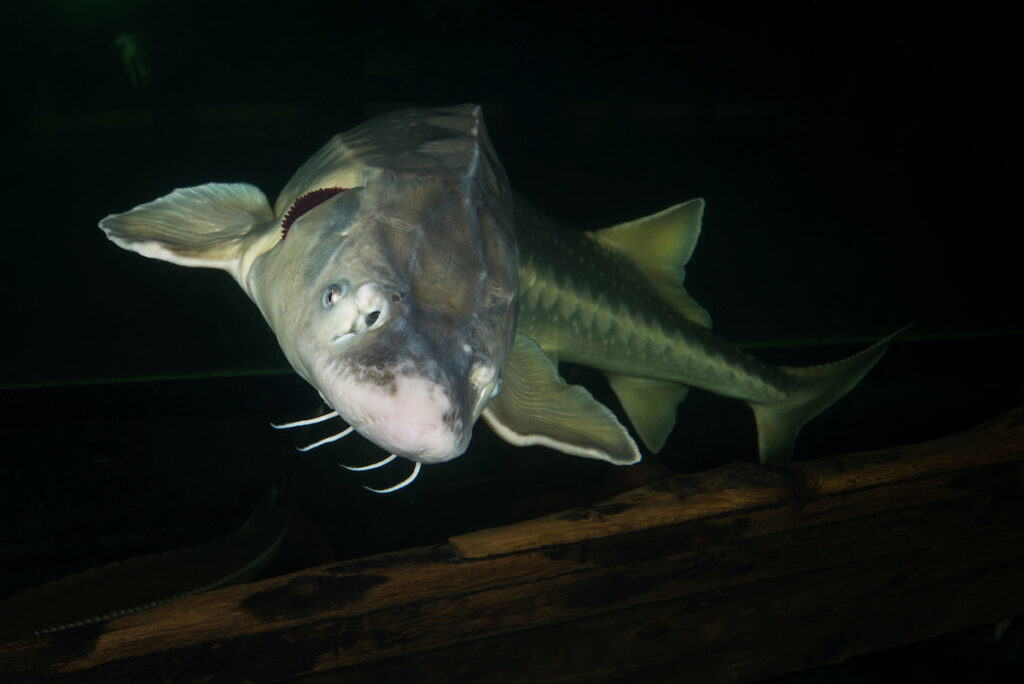
The Danube Delta sheltered a rich diversity of birds. In addition to common tits, rooks, nightingales, blackbirds, etc., rare species live and nest here, such as the little cormorant, white-tailed eagle, Eurasian spoonbill, glossy ibis, as well as giants of the bird world – great white and dalmatian pelicans. Birdwatchers from other countries often come to the Danube Delta to see them.
Almost in the center of the delta (on the territory of Romania not far from the Ukrainian city Vylkove), there is the largest nesting colony of pelicans in the world – almost six thousand pairs. This is a real “city” of pelicans! In search of food, pelicans fly away from the colony at a distance of up to 40 km, i.e. almost across the entire river delta.
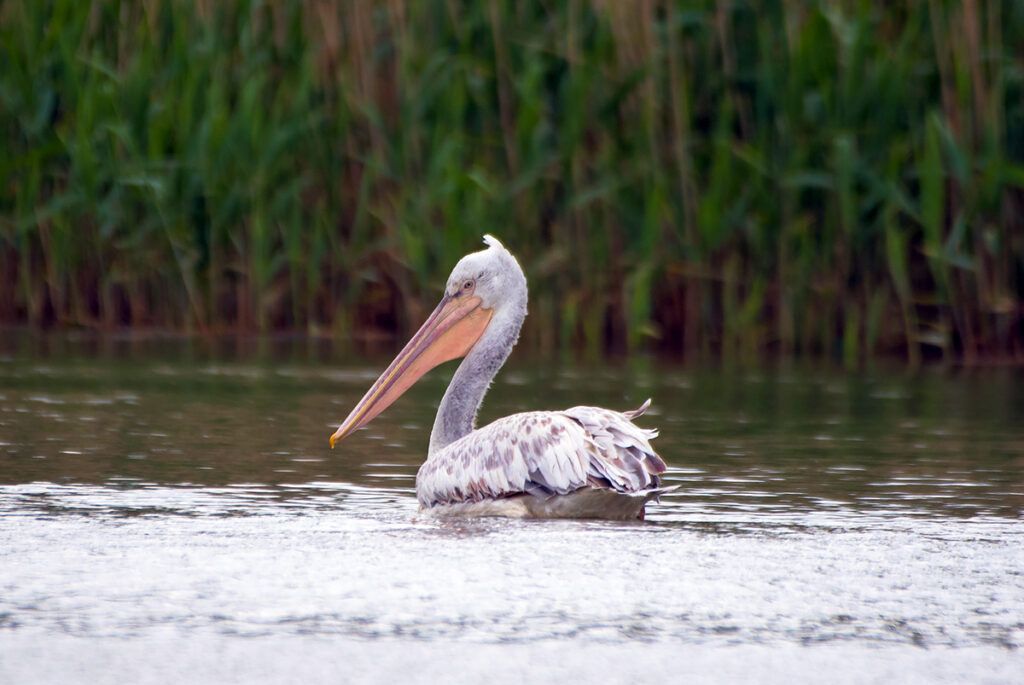
We are bringing back the diversity of life
Unfortunately, over the past half a century, populations of species inhabiting rivers, water bodies and adjacent territories have declined by 84%, as stated in the WWF’s Living Planet Report. Our landscapes are amazing, but without inhabitants, they will be only beautiful theatres without enough actors. If you visit the river bank, you can easily see insects, amphibians and small birds. A little more difficult is to notice reptiles, large birds and small mammals, and almost impossible – large mammals.
Unfortunately, almost every natural area in Europe does not have enough wild animals to fulfill their ecological functions well in the natural system.
In addition to creating conditions for independent wildlife comeback, like habitat restoration, in some cases, it is necessary to take active measures, such as the reintroduction of animals to natural areas. Rewilding Ukraine is actively working to restore Danube lakes, river islands and floodplains, and remove dams to restore rivers. We are also bringing iconic species back to the delta, such as water buffalo, wild horses, red deer, fallow deer, eagle owls, marmots and more.
To keep our rivers truly healthy and rich, and providing us with everything we need, let’s act together to preserve and restore their extraordinary biodiversity!
The article is part of a joint awareness campaign of Rewilding Ukraine and WWF-Ukraine “Living rivers are more than just water” which aims to draw the attention of Ukrainians to the value of rivers and wetlands. Read also other thematic articles: Living rivers mean clean drinking water, Living rivers mean food and commodities, Living rivers mean tourism.
